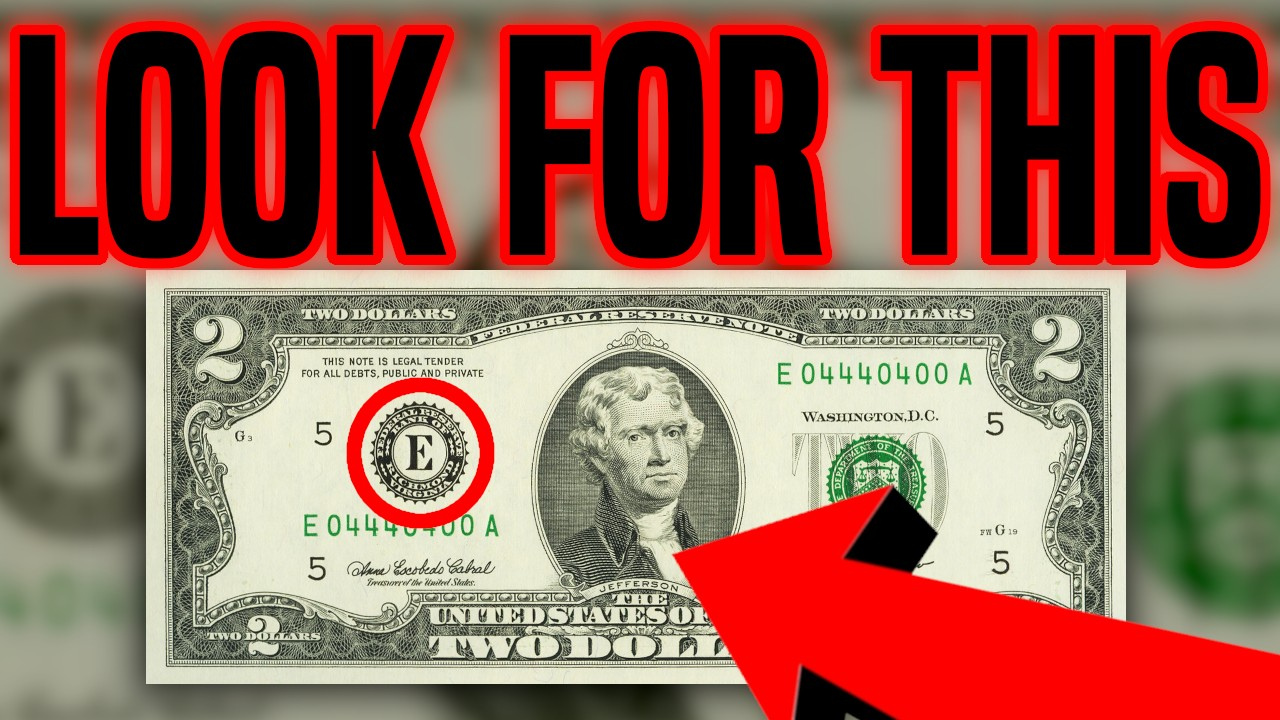This $2 bill from 1976: If you have a $2 bill from 1976 sitting in a drawer or photo album, you might want to take a closer look — it could be worth far more than its face value. Although many of these notes are still worth just two dollars, certain types and conditions can fetch avid collectors hundreds or even thousands of dollars.
Why the 1976 $2 Bill is Special
The 1976 series marked the return of the $2 note after a decade-long hiatus, and was reissued to commemorate the US Bicentennial. It features a portrait of Thomas Jefferson on the front and a depiction of the signing of the Declaration of Independence on the back, based on John Trumbull’s famous painting.
Millions of these notes were printed, but only a few of them are of collector value – particularly those with rare features, special serial numbers or limited edition features.
What Makes a 1976 $2 Note Valuable?
Here are some key factors that can make your note even more valuable:
- Low serial numbers – Notes with serial numbers such as “00000001” to “00000100” or with repeated digits (e.g., “22222222”) are more valuable.
- Star notes – If the serial number ends with a star (*) instead of a letter, this indicates a replacement note, which is usually rare.
- Uncirculated condition – Crisp, clean notes that have never been folded or circulated are significantly more valuable than worn notes.
- Specific printing errors – Misprints, ink blots, or alignment mistakes can increase the value.
- Rare Federal Reserve Districts – Notes from some Federal Reserve Banks, especially those in fine condition, may be rarer than others.
How Much Could Your Note be Worth?
- Normal circulating notes – still worth about $2 to $5.
- Uncirculated or Crisp Star notes – could be worth $20 to $100.
- Rare serial numbers or printing errors – could potentially be worth $500 to over $1,000 depending on demand and condition.
How to check the Value of Your Bill
- Look at the serial number – are there any patterns, stars or unusually low numbers on it?
- Check the condition – bent corners, creases or stains reduce the value.
- Identify the Federal Reserve Bank – Not all banks printed the same quantities.
- Consult a currency dealer or have it appraised – If you suspect your bill is rare, have it appraised by a professional.
Is this a Hidden Gem in Your Wallet?
Although most 2 dollar bills from 1976 are still common today, a select few have become collectibles worth far more than their face value. So before you spend that old 2 dollar bill, give it a try—you might just end up with a small fortune on your hands.

